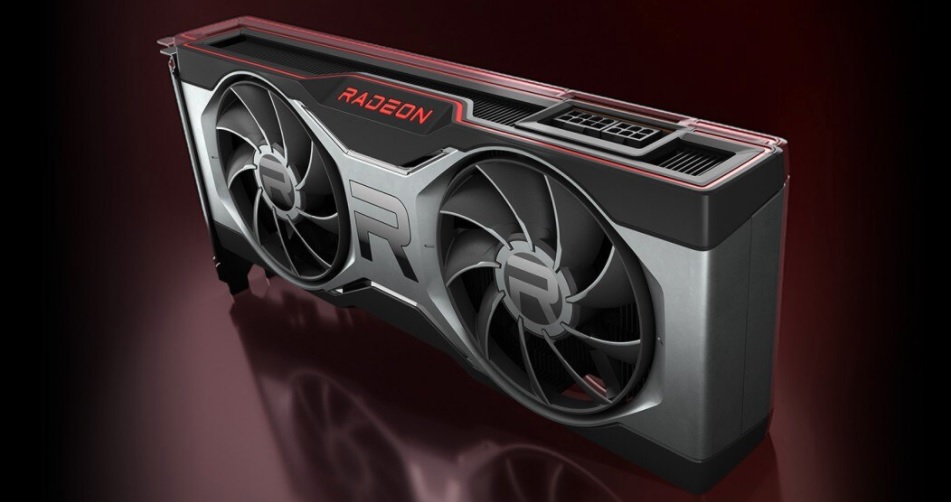Do mattress pads help with back pain or do they make it worse? An expert responds
Is a mattress pad enough to help ease back pain? We ask an osteopath
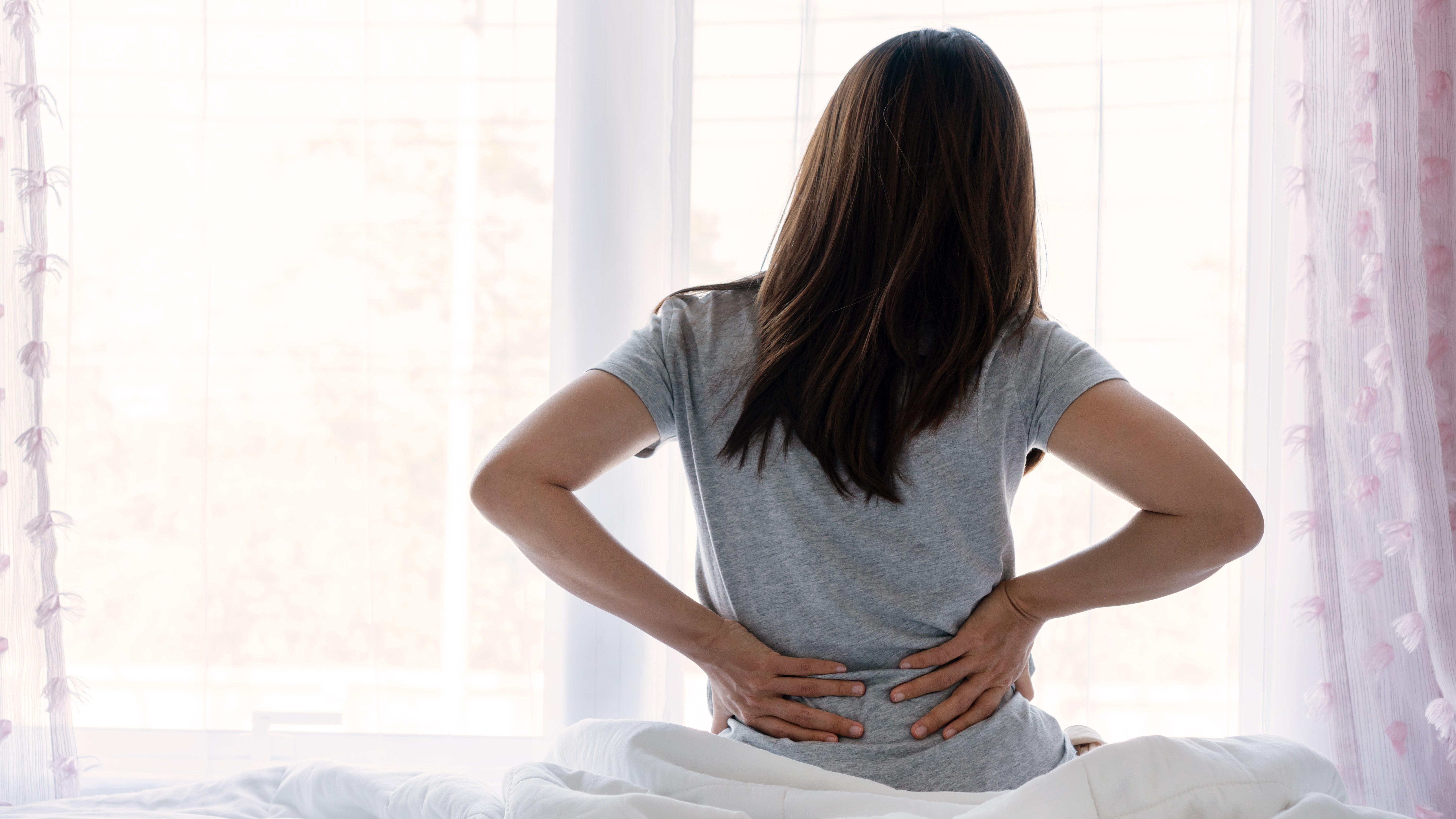
Can a mattress pad help with back pain? If you’re waking up in the morning with back pain, you’ll no doubt be looking for a solution to help ease aches and pains. Using mattress pads for back pain could be a cheaper solution than investing in a mattress topper, but do mattress pads actually help with back pain?
Investing in one of the year's best mattresses for your sleep style can help enormously with back pain, but it’s not a cheap option. If you’re on a tight budget or have only recently purchased a new mattress or your mattress doesn't immediately need replacing, you might be considering whether a mattress pad can help to ease back pain.
In this guide we’ll look into mattress pads further and help you decide if it’s the right option for you. Of course, if you do decide a new mattress might be a better option, we’ve picked out the best mattresses for back pain to save you the hassle. With the Presidents' Day mattress sales dropping in February, you've picked an excellent time, with many top-rated beds getting a huge price drop ahead of the holiday.
What is a mattress pad?
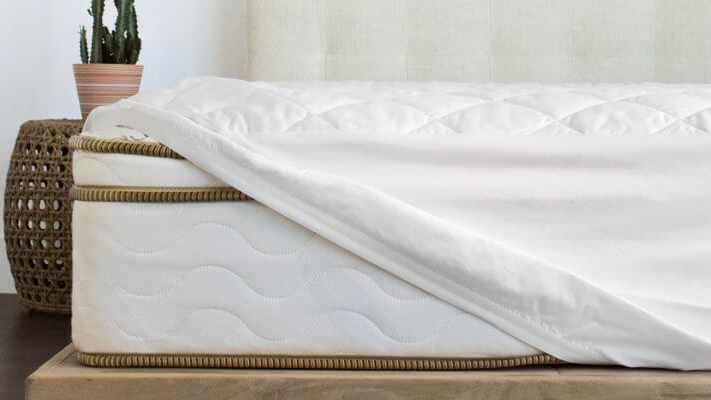
A mattress pad is a thin, cushioned layer that typically consists of a quilted or padded surface around one inch thick. You will occasionally find slightly thicker mattress pads of around two inches thick. Pads are generally available as either fitted sheets or with elastic straps to anchor them to your mattress.
Mattress pads are crafted from a variety of materials including cotton, wool, down and feather, polyester, rayon, memory foam and latex. As well as adding some softness and enhanced comfort to a mattress, mattress pads also offer protection against general wear and tear, spills and stains. For this reason, they can be used as an alternative to the best mattress protectors.
Do mattress pads help with back pain?
Mattress pads may be cheaper than mattress toppers, but they can’t realistically offer much support. "Mattress pads can be too thin to make a difference but, in general terms, a pad can make it more comfortable," explains James Crow, sleep posture expert at Posture Stars. "Side sleepers can get shoulder pain from a mattress being too hard and pressure on the hips can also be uncomfortable. A mattress pad won’t help with posture, but it will help take the pressure off the shoulders and hips. Essentially though, a mattress pad isn’t much better than a thick towel in many cases."
Instead, James recommends a decent mattress topper over a pad as they offer more meaningful support. "For most people, a medium firm mattress is ideal. If a mattress is too soft it’s very difficult to make it firmer, but with a hard mattress you can add a topper to soften it up slightly."
Can a mattress pad cause back pain?
In short, yes, mattress pads can make your back pain worse. Mattress pads are too thin to make a noticeable difference to your mattress and as they’re designed to add a touch of plushness and softness to a bed, can actually end up exacerbating and causing back pain. Mattress pads are soft, which means they don’t add any support. In fact, they can also cause the hips to sink too far into the mattress and could throw your spine out of alignment. This will then lead to lower back pain.
"Pads often lack the support needed to keep the spine properly aligned", says osteopath and owner of Chesham Osteopathic Clinic, Taeona Hutton. "Mattress pads can indeed make back pain worse. If you need extra support but add a layer that’s too soft, you’ll end up reducing the overall support of your mattress. And this may then create specific stress points on the spine."
3 signs you need a mattress topper and not a mattress pad for your back pain
Mattress pads are generally too thin to provide any meaningful support for those with back pain. Instead, a mattress topper is much more likely to provide back pain relief. Here, we've outlined three key signs you need a mattress topper and not a mattress pad for back pain support.
Sign up to get the BEST of Tom's Guide direct to your inbox.
Get instant access to breaking news, the hottest reviews, great deals and helpful tips.
1. You need extra support around your lumbar region
Mattress toppers are available in a wider variety of materials than mattress pads, meaning that you can pick a firm topper to help add more support to your lumbar region. A firmer surface will help to keep the spine aligned which, in turn, will ease and reduce the chances of developing back pain.
2. You need more cushioning
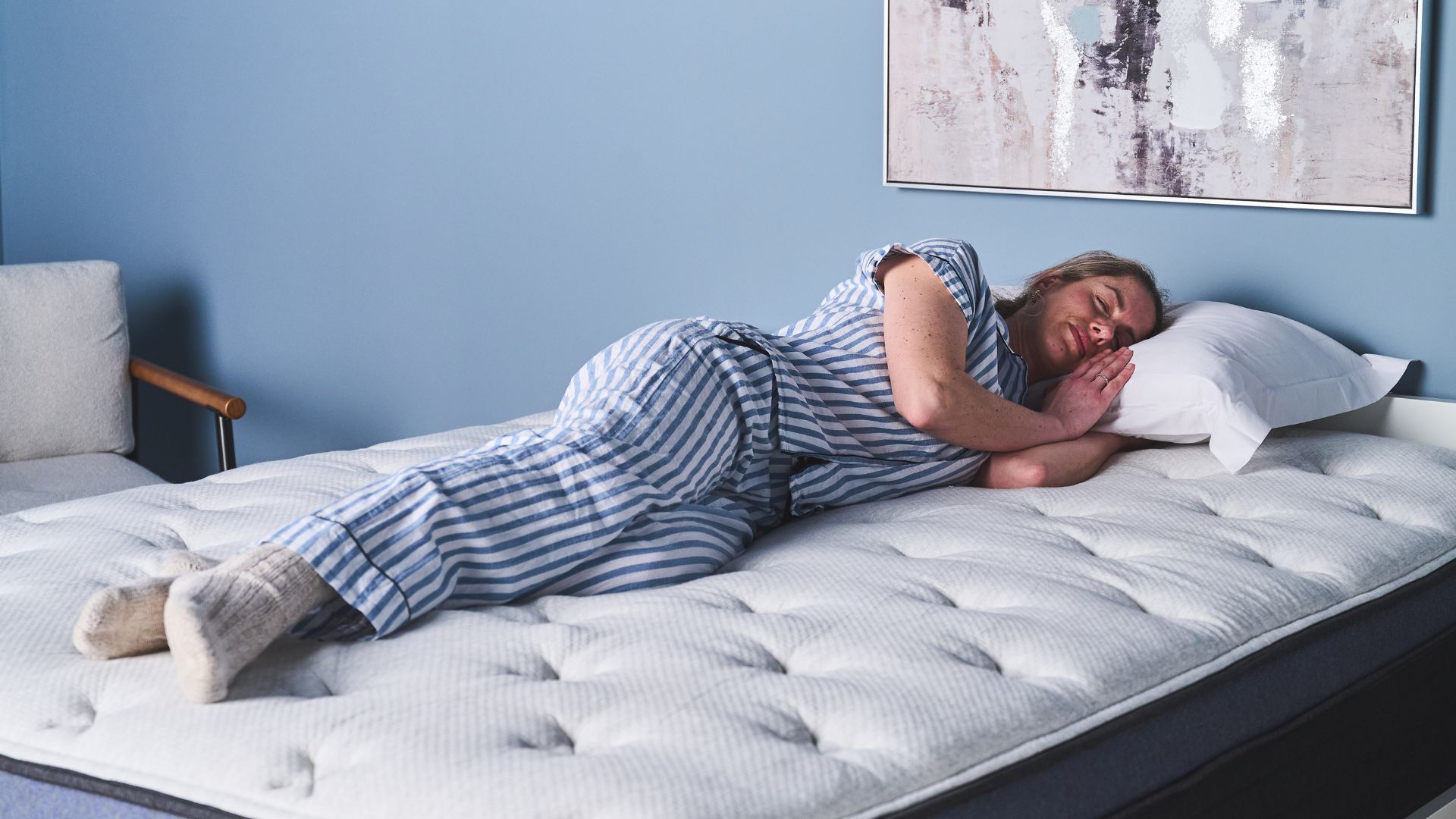
Side sleepers in particular need plenty of cushioning around their pressure points at the shoulders and hips. It might not seem immediately obvious but if pressure builds up here, it can lead to back pain as sleepers stiffen up and toss and turn while trying to get comfortable. A lack of contouring at these pressure points can also lead to the spine not being properly aligned. A mattress topper with contouring can help to prevent these issues.
3. You need better temperature regulation
You might have the perfect mattress when it comes to lumbar support but if it sleeps hot, this could still exacerbate back pain. Again, this is due to sleepers tossing and turning at night while throwing covers on and off. If you’re fidgeting due to constantly being too warm, your spine won’t get the chance to relax into its natural alignment. Pads may be thinner and therefore less prone to trapping heat, but there are plenty of top-rated cooling mattress toppers available to help you keep your temperature regulated through the night.
3 signs you need a new mattress and not a mattress pad for your back pain
1. Your mattress is over 10 years old
If your mattress is over 10 years old, it’s likely that it will have started to sag and dip and won’t be as supportive as it once was. It’s also likely that the warranty will have run out (although some companies do have lifetime warranties) and you won’t be covered for any repairs. The exception to this is latex mattresses, which can last up to 20 years. If you're unsure whether your mattress needs replacing, pay attention to the nine signs your mattress needs replacing.
2. Your mattress is too soft

While a thin mattress pad could add some softness to a too firm mattress and alleviate a little pressure, a soft mattress cannot be made firmer with a pad alone (unlike a mattress topper.) Mattress pads are in themselves only designed to add a little softness and plushness to a mattress, meaning that they would just make the problem of a too soft mattress worse.
3. You can afford to buy a new mattress
A mattress pad isn’t going to solve back pain and could, in some cases, actually add to your aches and pains. A mattress topper can certainly help. But if your mattress needs replacing and you have the budget for one, you’ll be able to pick the right mattress to help alleviate back pain, keep your spine aligned and your lumbar region supported.
Do mattress pads help with back pain? The verdict
Although a mattress pad could offer a small amount of pressure relief on a too firm mattress, they won't provide relief from back pain. A pad is too shallow to provide any meaningful support and could actually make matters worse.
If your mattress isn’t that old, investing in a mattress topper will be a far better bet. Toppers are thicker than pads and actually offer decent support and contouring to help ease back pain. But, of course, if your mattress is over 10 years old, even the most expensive mattress toppers aren’t going to cover the dips and sags. At this point you’ll need to invest in a new mattress to help with back pain.
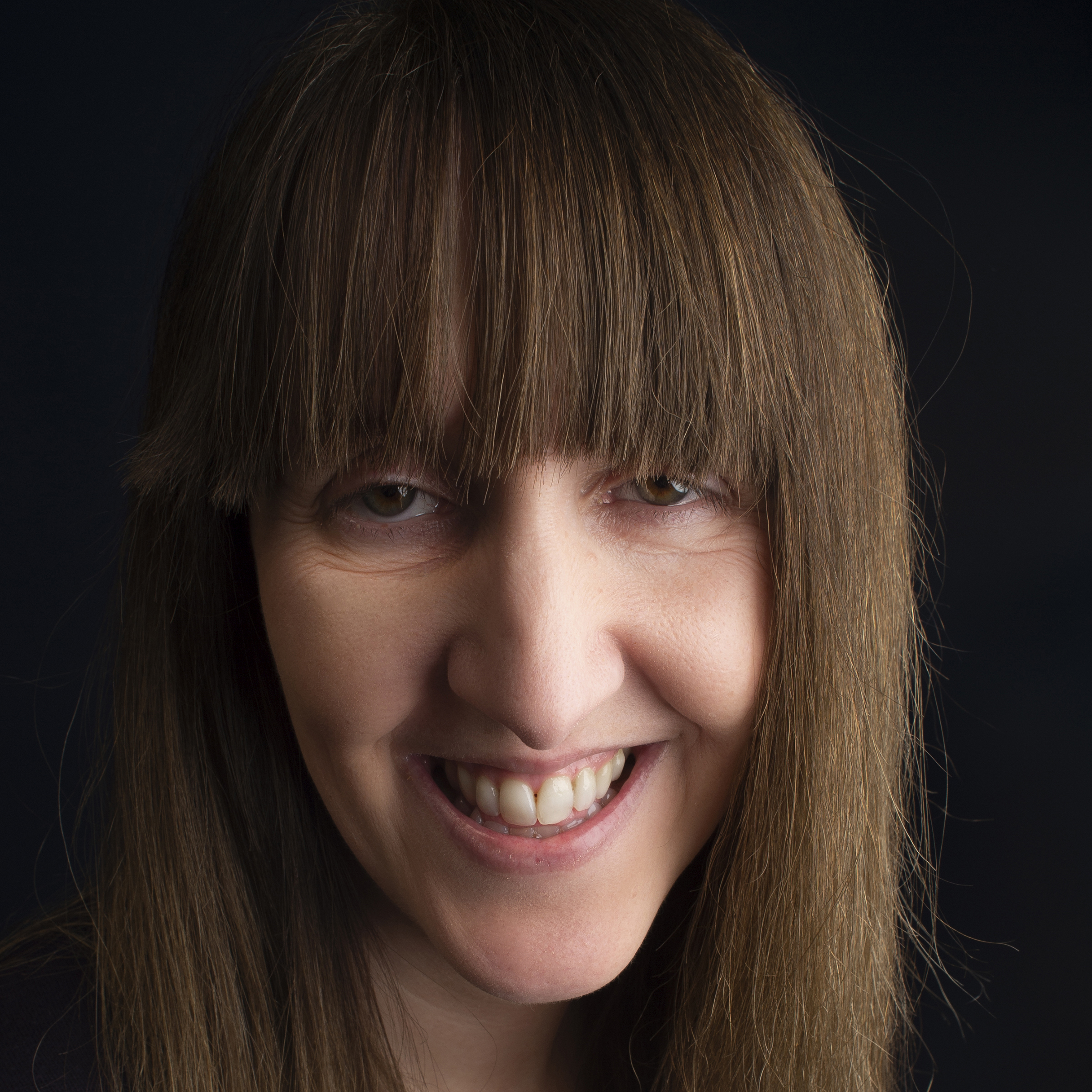
Jo Plumridge is an experienced mattress reviewer with several years' experience covering all things mattresses and sleep, and who tests memory foam, hybrid and organic mattresses. What Jo doesn't know about a boxed mattress isn't worth knowing, so naturally we tasked her with producing a series of features for Tom's Guide looking at all aspects of mattresses, from how to pick between latex and memory foam (it's a tricky one), to the seven mistakes people make when buying a mattress for the first time. When testing the DreamCloud Luxury Hybrid for Tom's Guide, Jo said: "I loved the back support and pressure relief it offered. Plus, it looks far more expensive than it is." When she isn’t writing about sleep, Jo also writes extensively on interior design, home products and photography.
